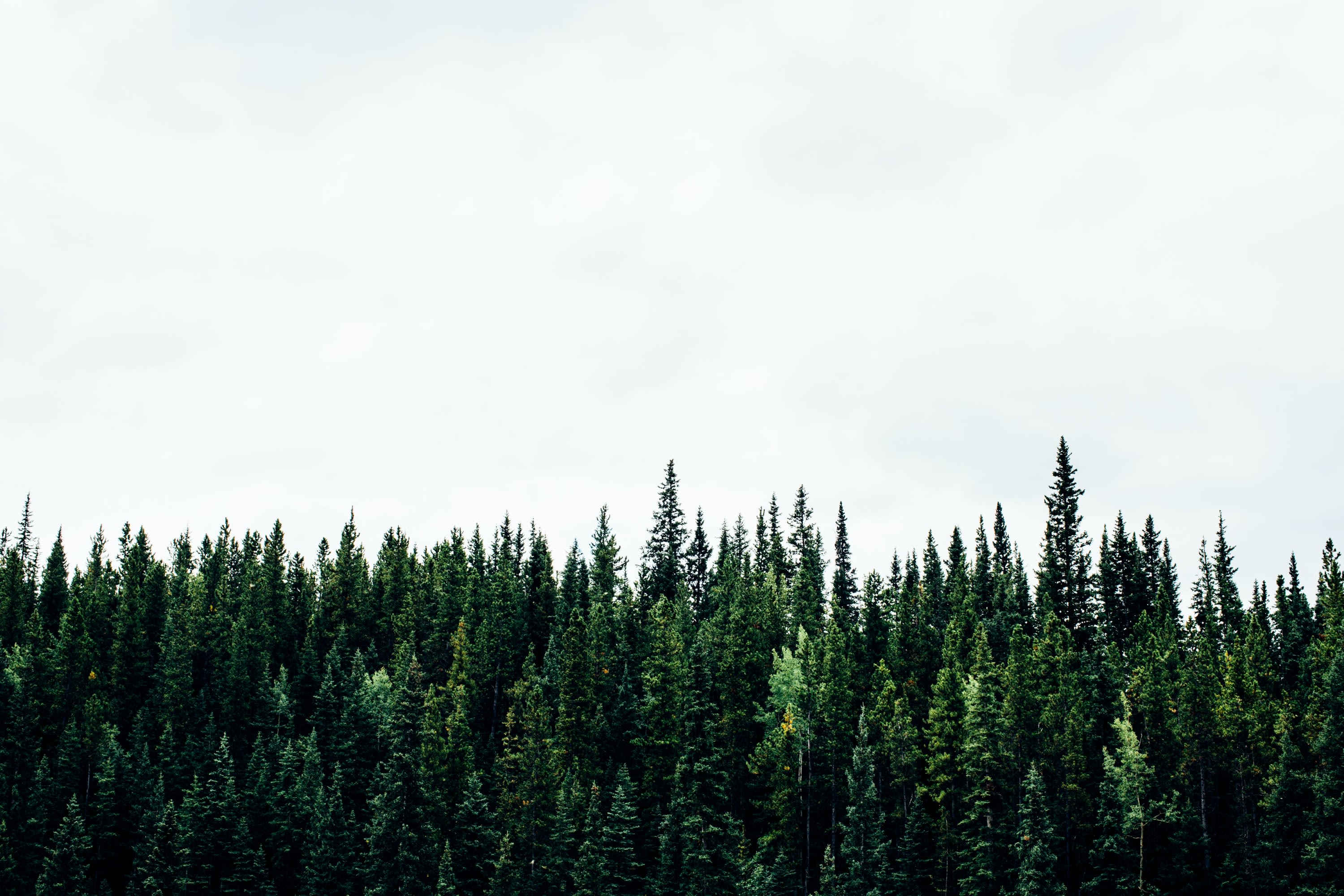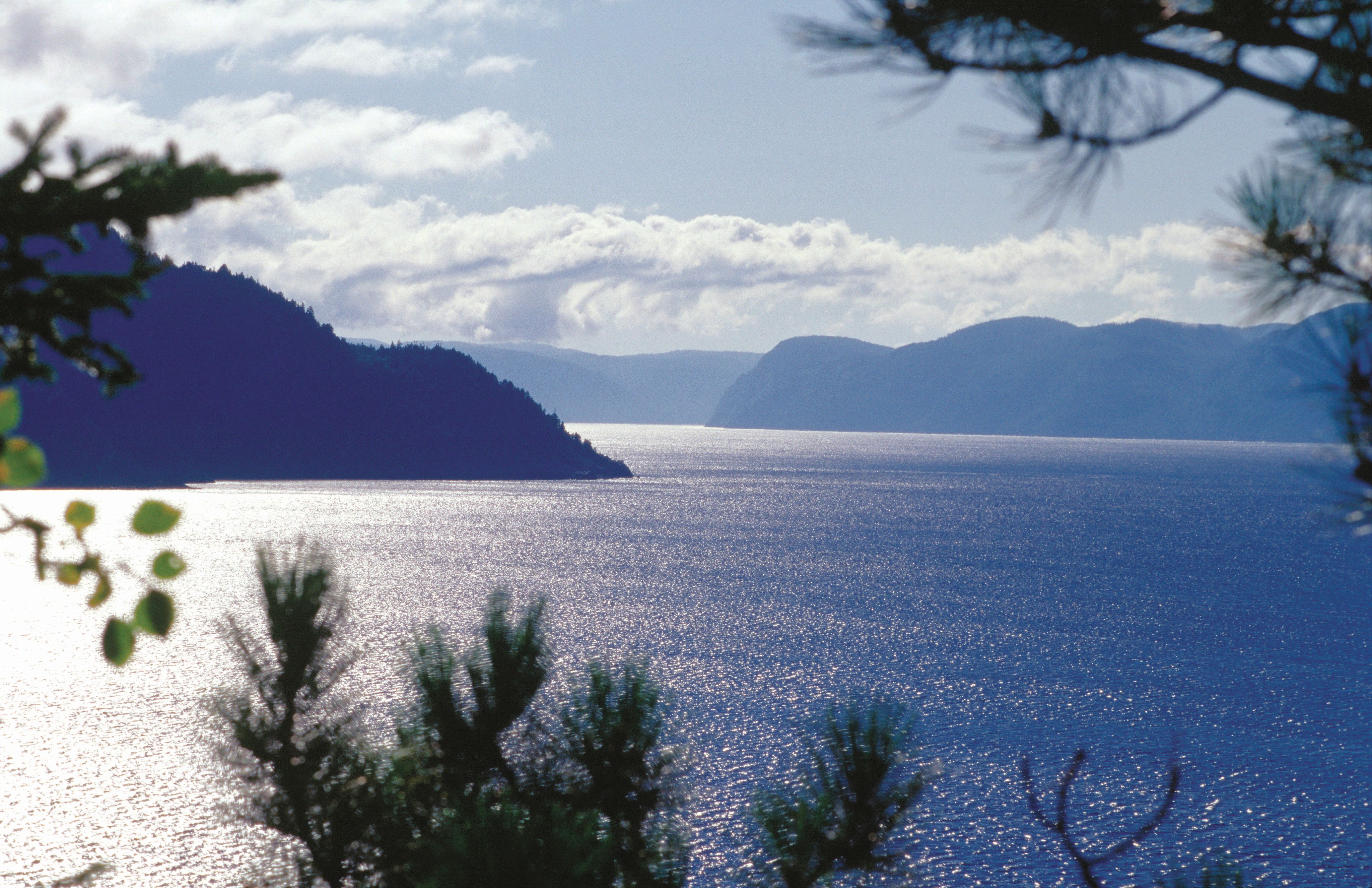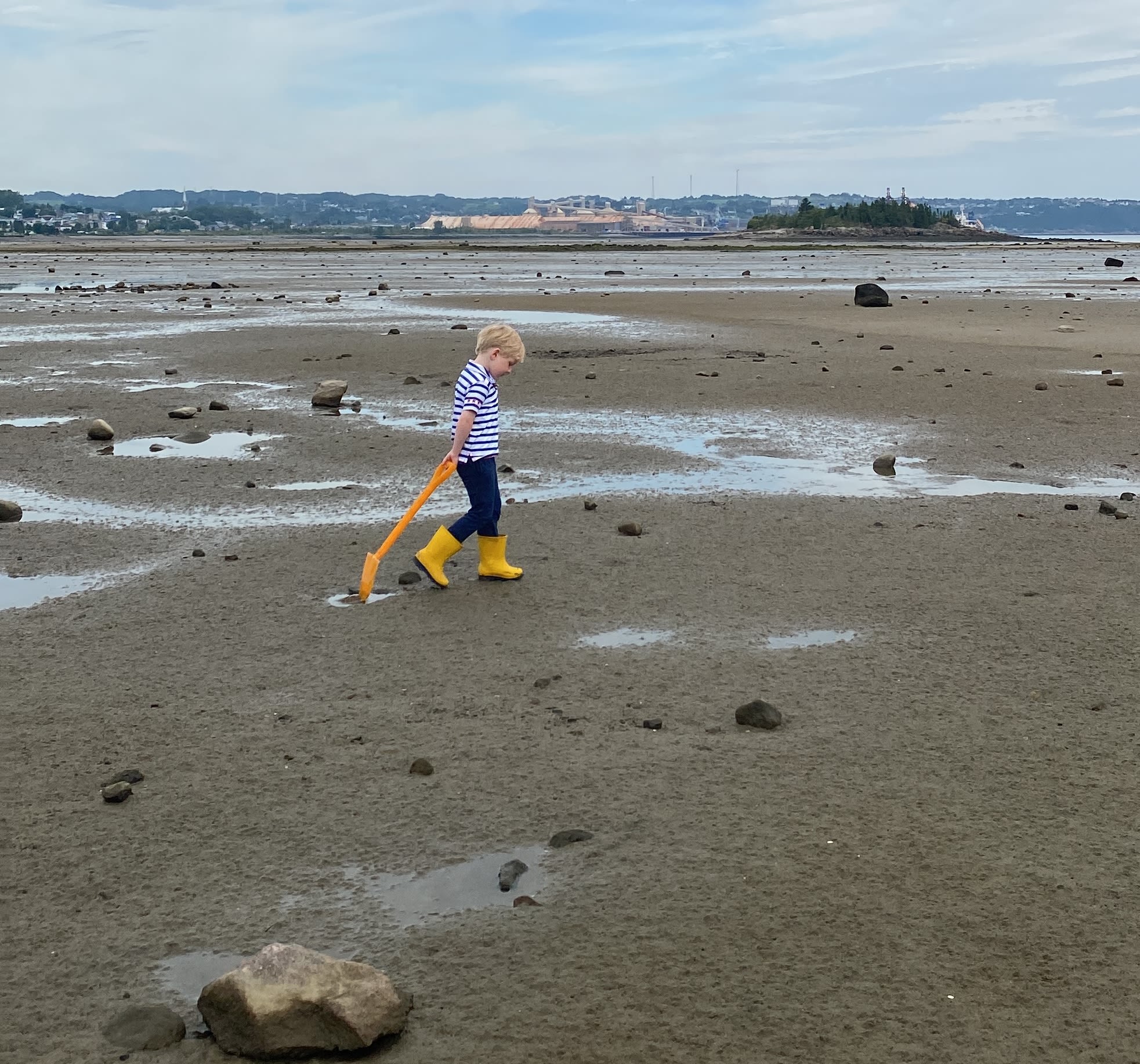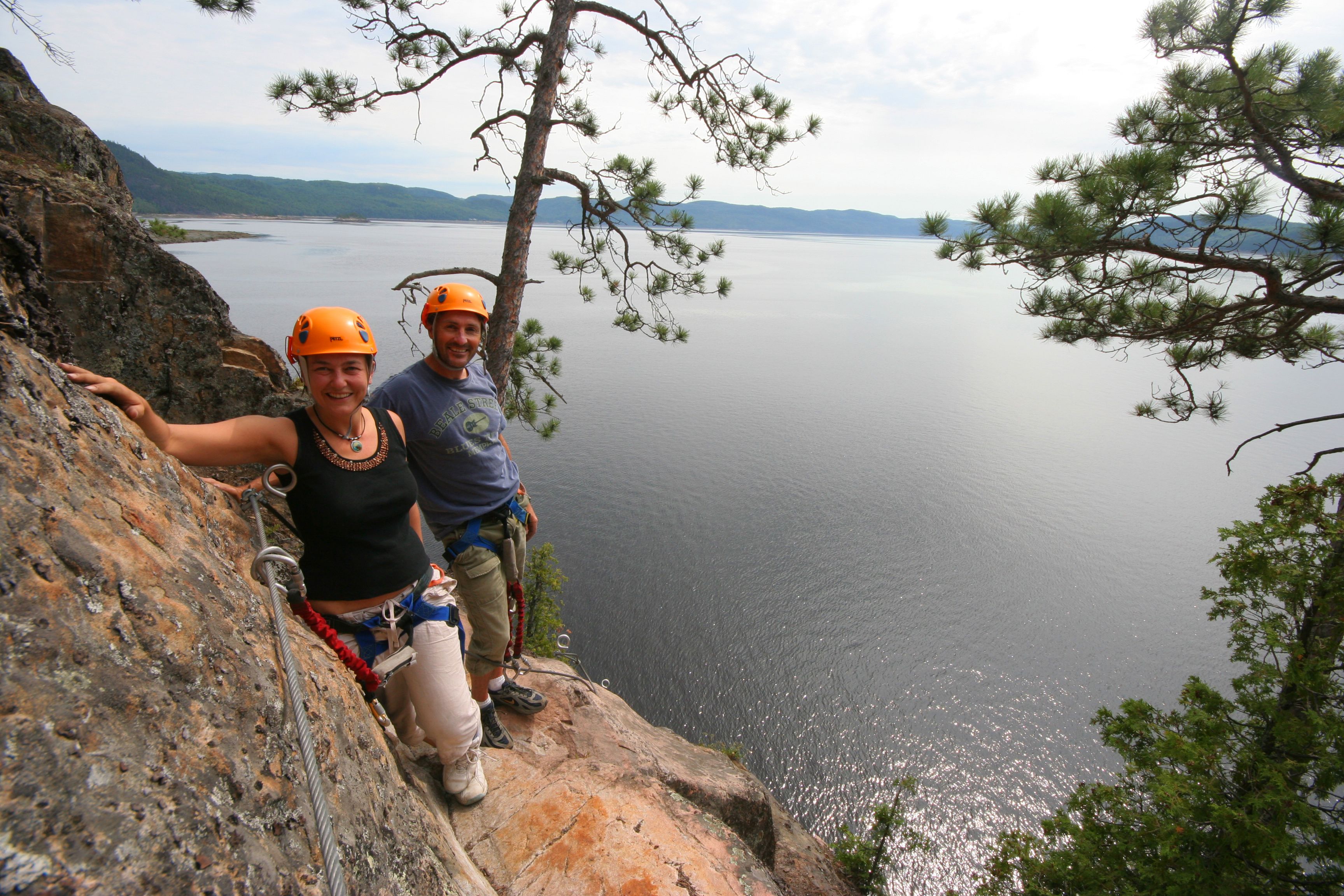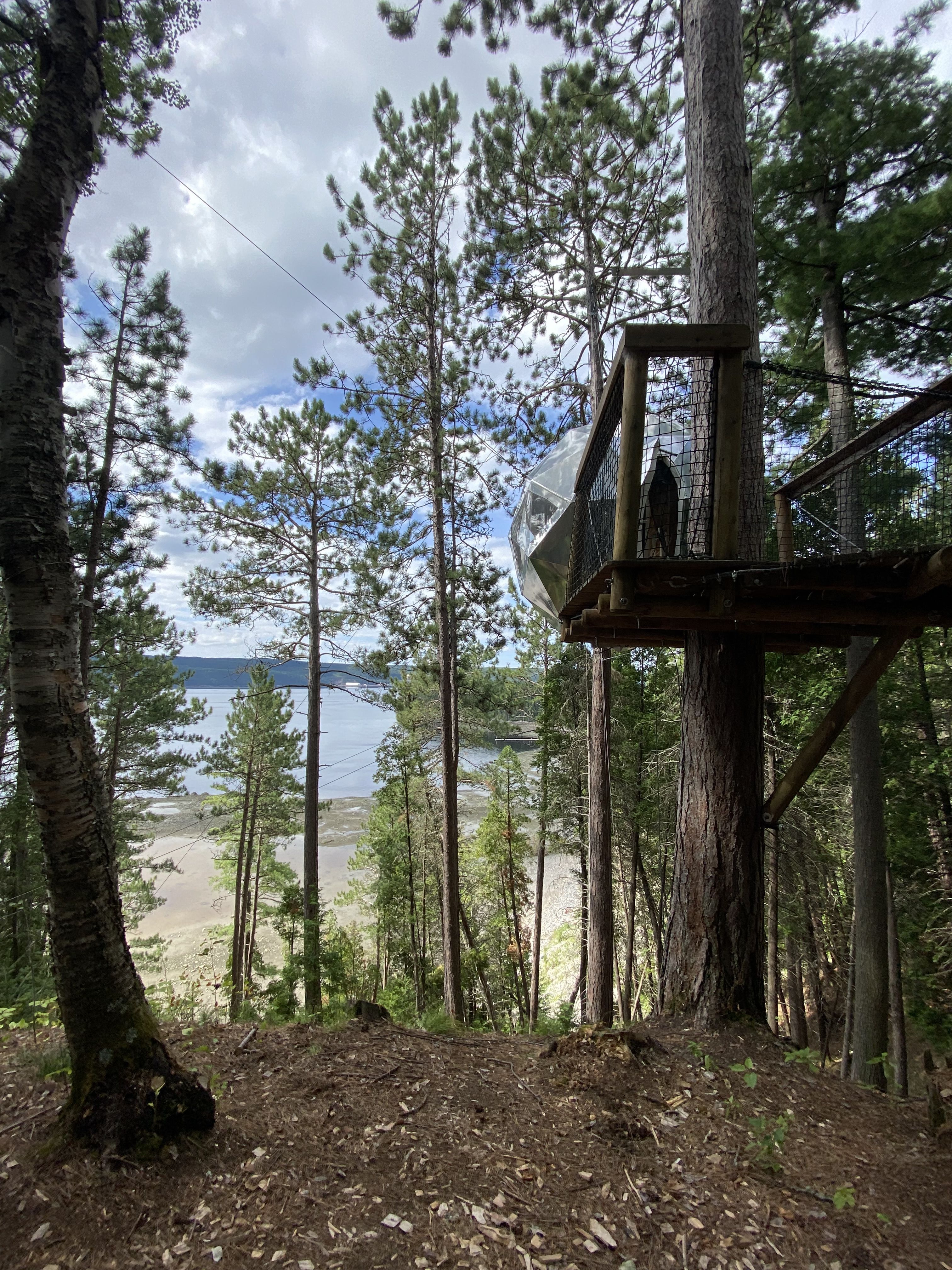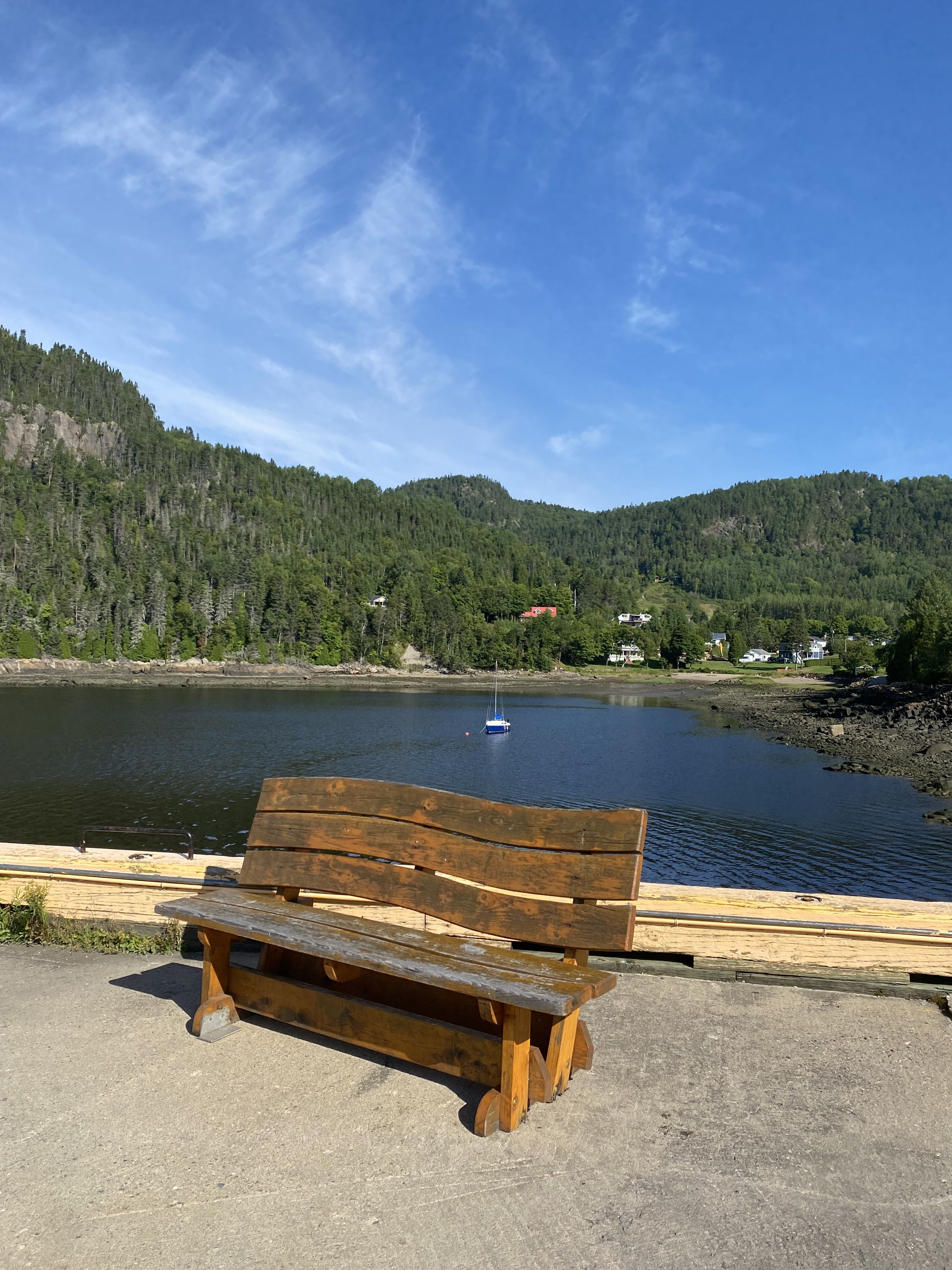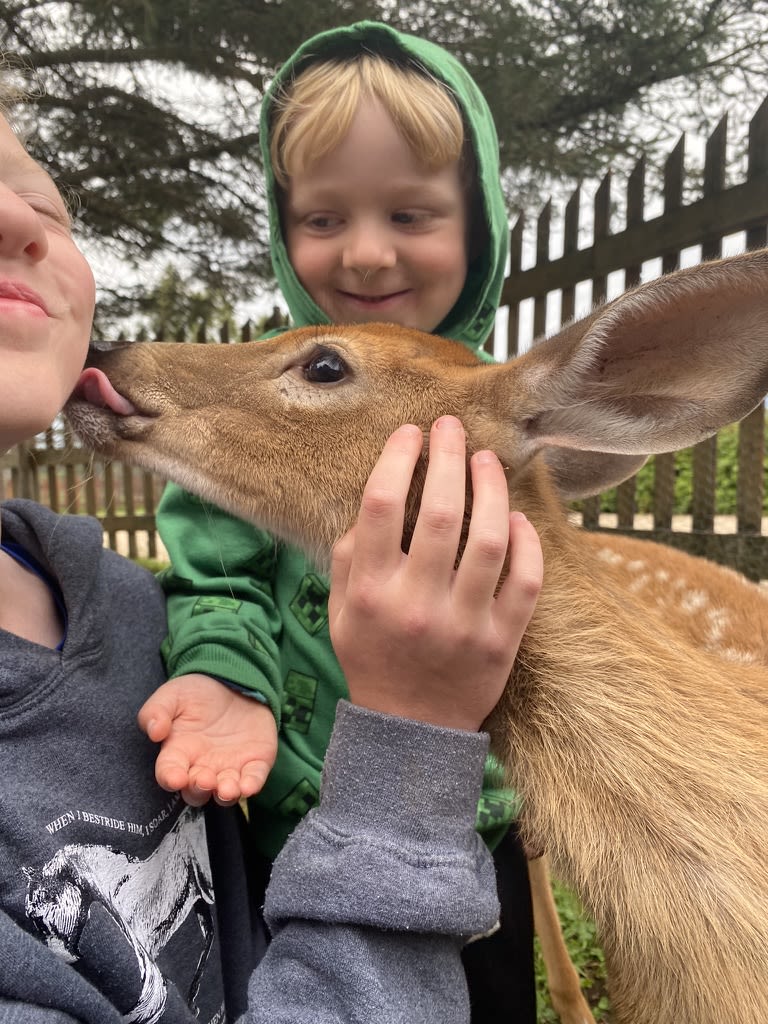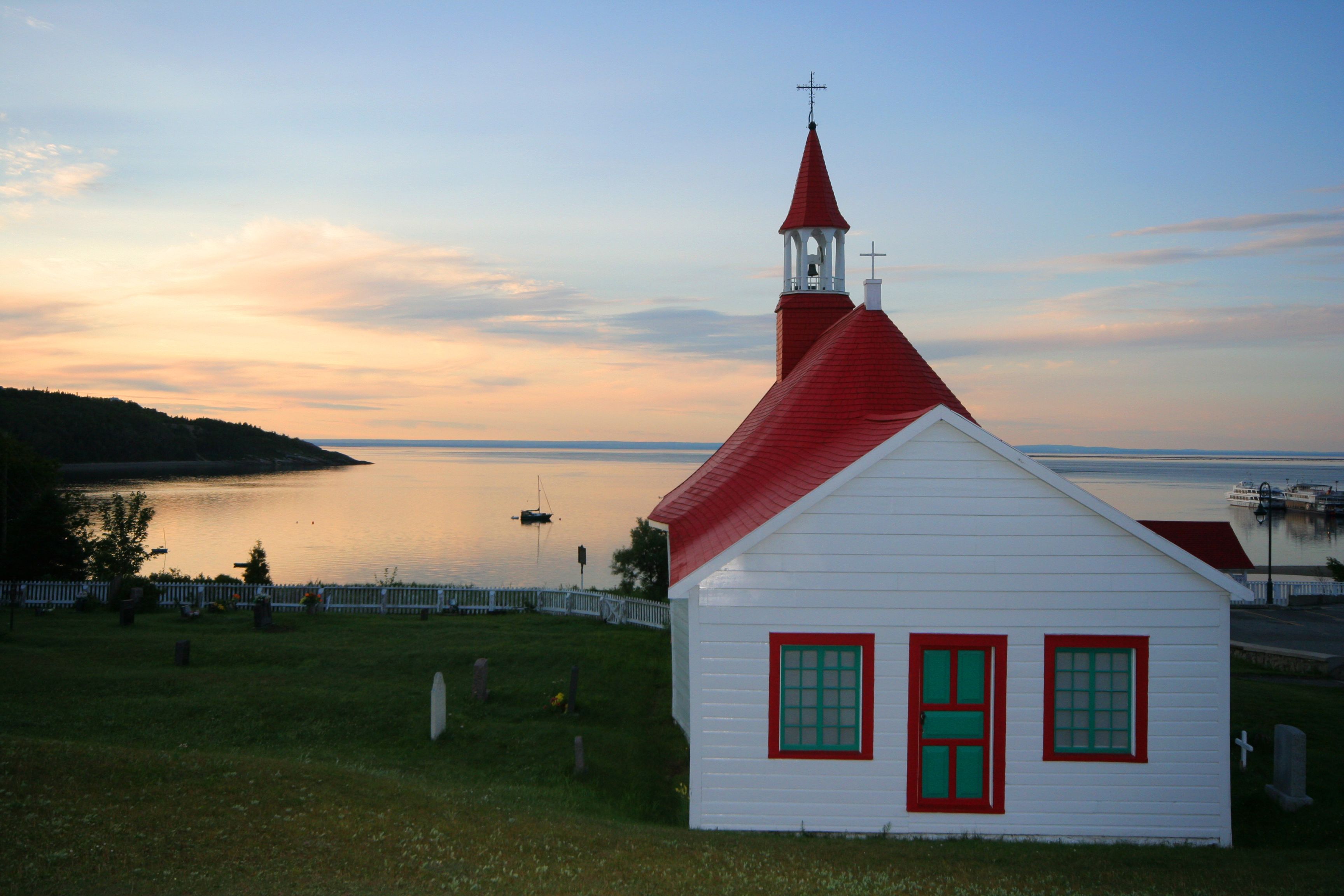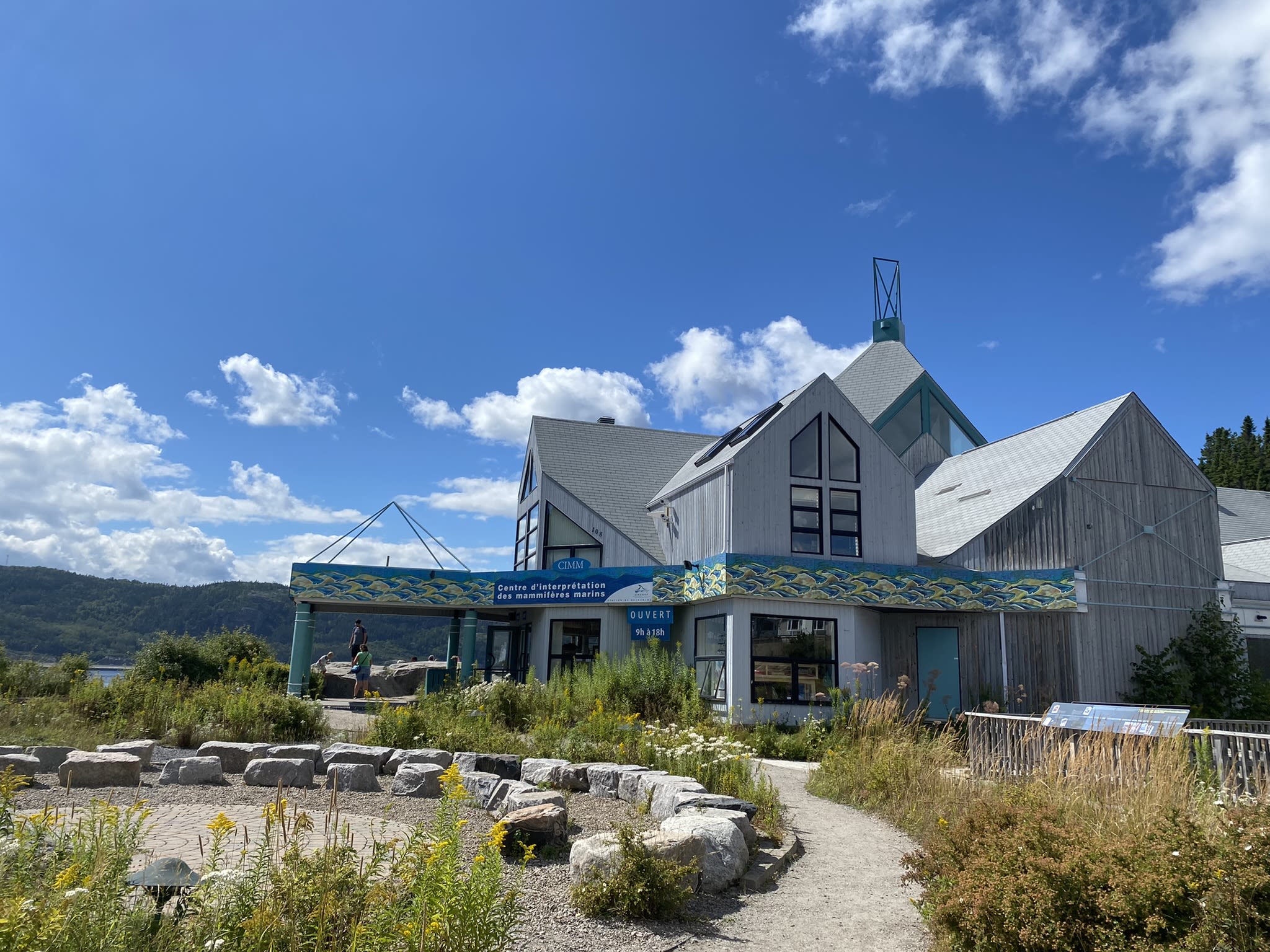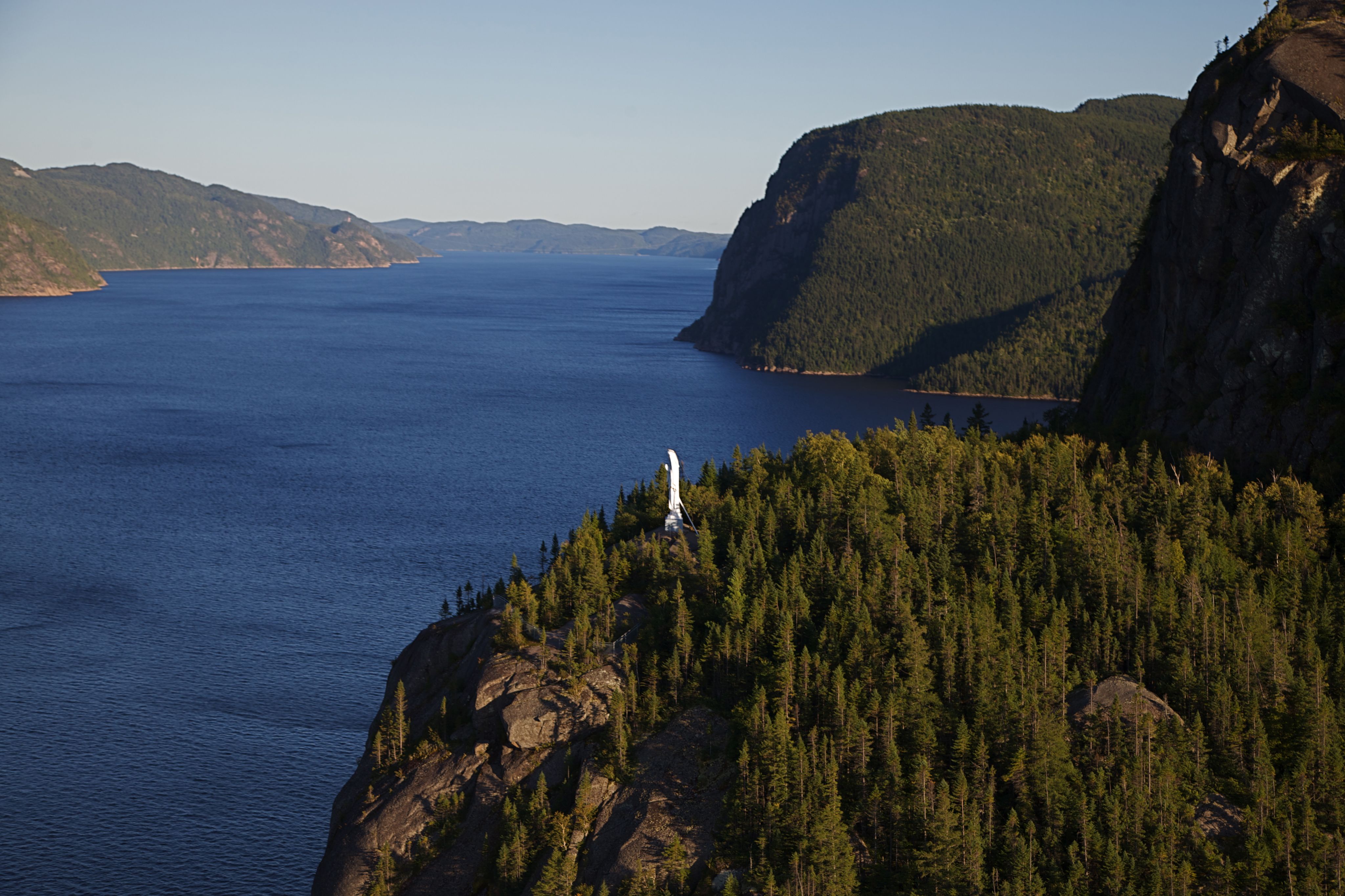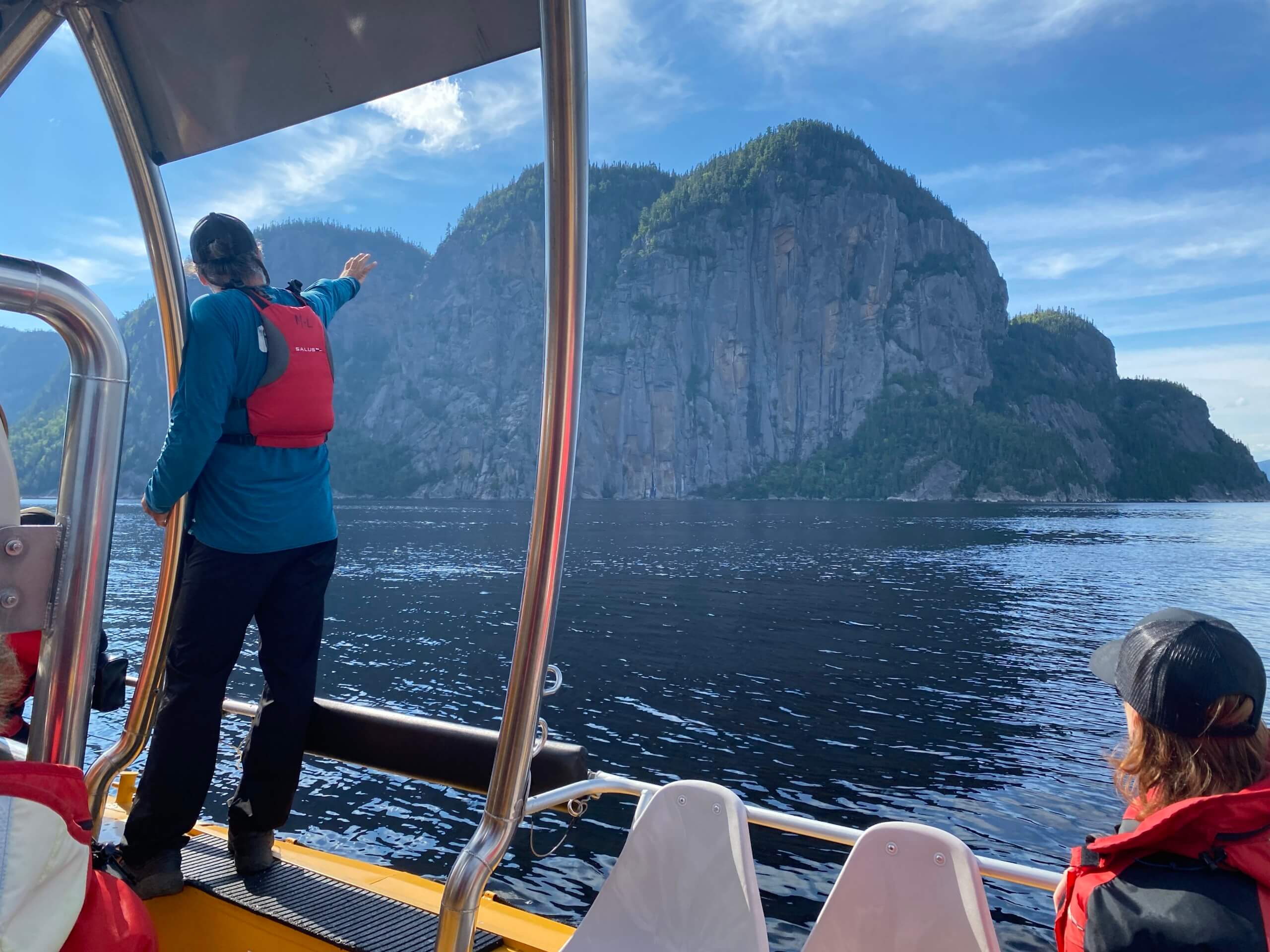Flow State
Exploring the Saguenay Fjord,
one quiet moment at a time
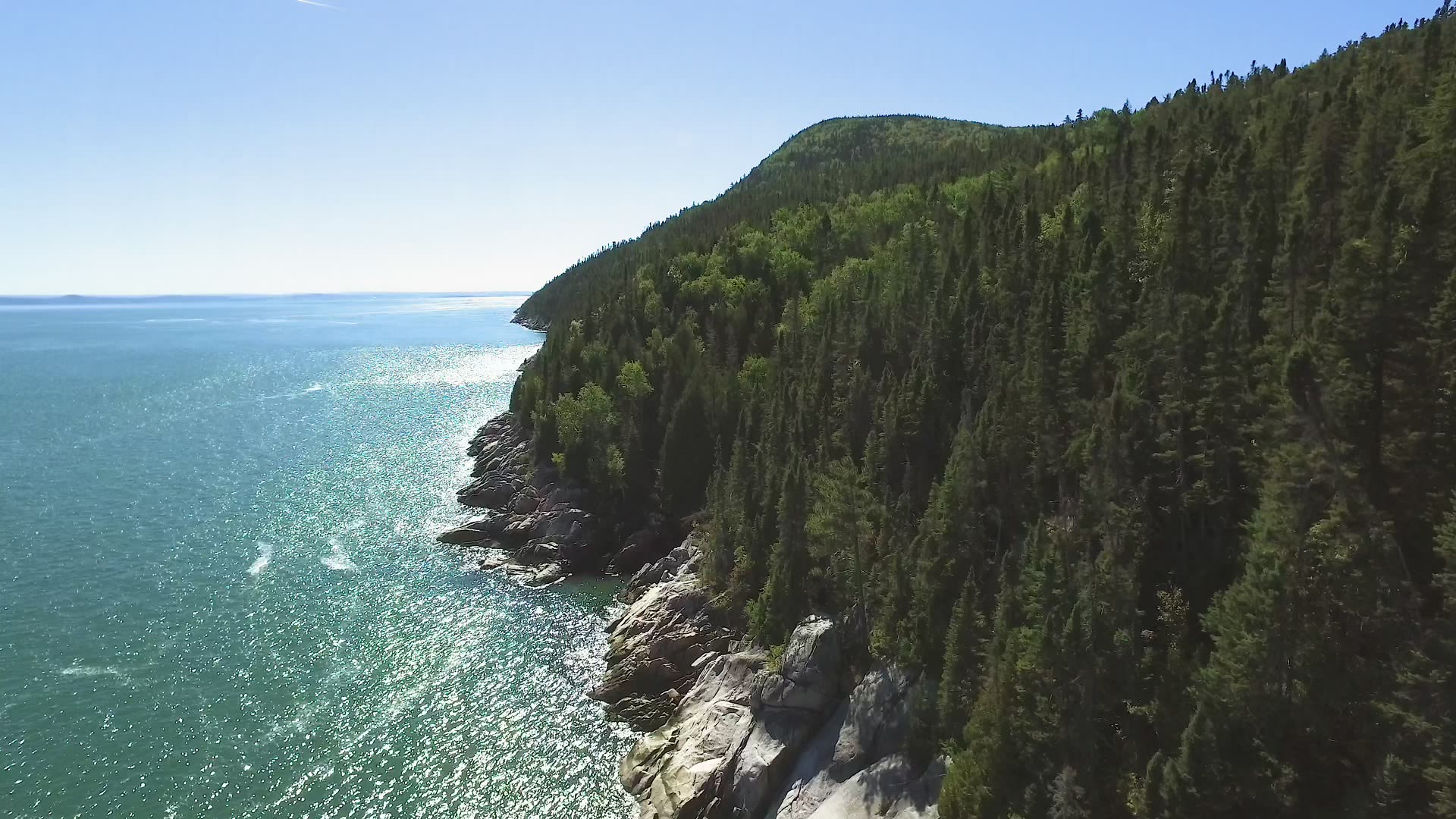
My family's first visit to the Saguenay Fjord came in the waning days of summer, just as the heat began to loosen its grip on the province. After the crowds of Québec City, I was bracing for more of the same, expecting large groups of tourists at every scenic lookout.
What we found instead was space. And quiet. Vast expanses where the land rolls away into forest, and the water stretches so far it feels more sea than river.
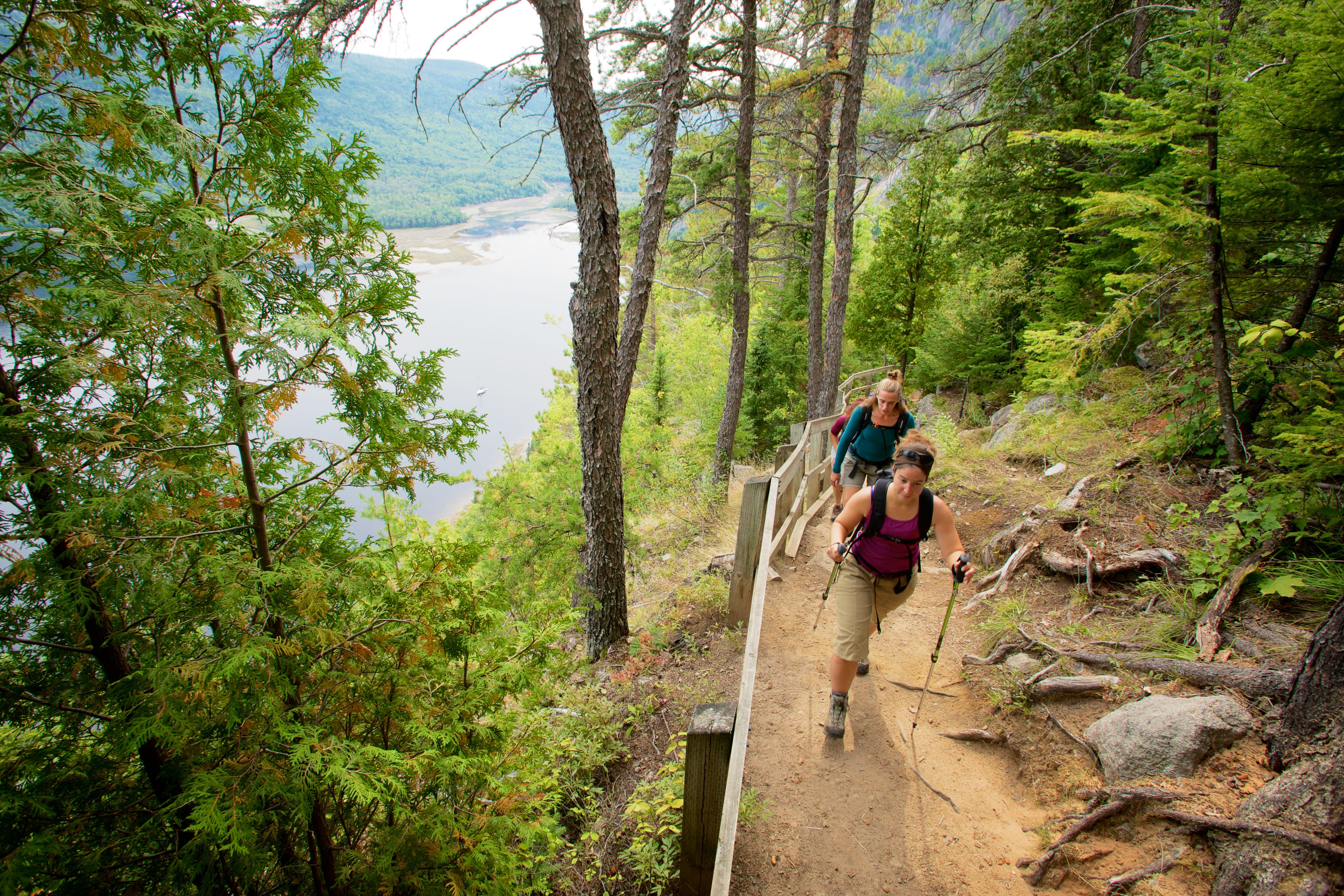
It’s worth spending a few days (or more) exploring the region. And if you leave room for detours, for last-minute tips from locals, and for the small unplanned moments along the way, the Saguenay will reward you in quiet, unforgettable ways.
Although you could technically circumnavigate the entire fjord in a single day — crossing at Baie-Sainte-Catherine by ferry and at the city of Saguenay by bridge — you won’t see much unless you make the effort to leave the main highway behind.
The fjord itself isn’t visible from either Route 172 (on the north side) or Route 170 (on the south side). To find its beauty, you have to follow the narrow, often steep side roads that lead down to the water’s edge. Your route will depend on where you’re coming from and the direction you’re headed, but these are some of the places that are well worth the detour.
Photo: Saguenay-Lac-Saint-Jean
Photo: Saguenay-Lac-Saint-Jean
At first glance, the Saguenay Fjord might be mistaken for a wide river or an arm of the sea, but it’s something far more ancient and rare. Formed more than 10,000 years ago at the end of the last Ice Age, the fjord was carved by retreating glaciers that gouged a deep valley into the Canadian Shield.
When the ice melted, the sea rushed in, flooding the trench and creating a long, narrow inlet with sheer rock walls rising hundreds of metres above the water.
As fresh water from the Saguenay River, which flows out of Lac Saint Jean, meets the dense, salty currents of the St. Lawrence River, it creates a brackish layer rich in nutrients.
Musée du Fjord
To learn about what this means to the marine ecosystem, we stopped into the Musée du Fjord, which is located in La Baie, a borough of the city of Saguenay.
As soon as we walked inside, our guide marched us back outside, fitted us with boots and shovels and led us out to the intertidal zone.
My kids were as delighted that our museum excursion had an unexpected outdoor component as they were with the name of the bay they were exploring: the Baie de Ha! Ha! (Yes, the exclamation marks seem to be part of the official name.)
Offered daily during the summer season, the Low Tide Excursion allows guests to get their hands dirty, searching for creatures while learning how they have adapted to life in water that is both salty and fresh.
It is just one of the many interactive activities available at the museum, whose mandate is to educate and immerse locals and visitors in the magic of the fjord.
Le Parc Aventures Cap Jaseux
Photo: Via Ferrata GouvQc Saguenay-Lac-saint-Jean/C.-D.Robitaille
Photo: Via Ferrata GouvQc Saguenay-Lac-saint-Jean/C.-D.Robitaille
On the opposite side of the fjord — reached by crossing the bridge in the city of Saguenay — we made our way to Parc Aventures Cap Jaseux for yet another perspective on this remarkable landscape. We expected a modest eco-park with a few outdoor activities. What we found instead was a nature playground packed with just about every way you could imagine experiencing the fjord.
Want to scale the cliffs? There’s a Via Ferrata that lets you do just that, with a harness and carabiner. Prefer to paddle? Kayaks are ready and waiting at the water’s edge. Craving something more unusual? You can even sleep in a suspended sphere or a treehouse with views over the fjord.
From a nature-themed play zone for little ones to towering ropes courses that test your balance and nerve, Cap Jaseux offers something for everyone in the family. We were genuinely blown away — not just by the range of activities, but by how thoughtfully they were integrated into the forested shoreline. It’s the kind of place you plan to visit for a couple of hours and end up spending several days.
Sainte-Rose-du-Nord
Less than 500 people live in the little village of Sainte-Rose-du-Nord, which is nicknamed 'the pearl of the fjord'.
As with nearly all the places along the fjord, you descend a steep road to get to the village. You'll find a beautiful waterfront with a walking trail as well as a cafe. We indulged in a delightful breakfast here one morning and highly recommend it for the food and the views.
Sacre-Coeur & L'Anse Roche
For three nights, we stayed in a cozy cabin at the Centre de Vacances Ferme 5 Étoiles in Sacre-Coeur. It proved to be a great spot for exploring nearby locations and gave the family a place to relax after a day of exploring. The facility has a huge array of animals, some being rehabilitated and others raised on the farm.
One morning, we were invited to help with the farm chores, and the kids were able to feed the animals, including bottle feeding Rosie, an orphaned fawn. An unexpected and unforgettable part of their trip.
One evening, our host suggested we make time for a sunset at L’Anse Roche. “It’s just a small place, but it’s special,” she told us.
The light turned golden over the fjord, and as we walked to the waterfront, we realized there was live music in the gazebo. This small concert and the sun slipping behind the ancient rock faces felt like we had been let in on a secret.
Tadoussac
Photo: GouvQc/Saguenay-Lac-saint-Jean/C-D Robitaille
Photo: GouvQc/Saguenay-Lac-saint-Jean/C-D Robitaille
At Tadoussac, the fjord opens up and spills into the St. Lawrence River. The cliffs soften, the water broadens, and the sense of enclosure you feel farther inland begins to fall away.
Many come to Tadoussac for the whales, as it is one of the best places in Canada to view whales. We see belugas from shore almost immediately and later head out on a whale watching expedition.
Tadoussac can get busy, but we found it quite manageable. There are many lovely waterside restaurants, quaint streets to walk to, and so much to learn and explore.
We particularly enjoyed a stop at the Marine Mammal Interpretive Centre to learn about the various species of whale that congregate at the estuary annually.
Parc national du Fjord-du-Saguenay
Photo: Saguenay-Lac-Saint-Jean
Photo: Saguenay-Lac-Saint-Jean
Parc national du Fjord-du-Saguenay is a vast protected area managed by Sépaq that hugs both shores of the waterway. We visited the Baie-Éternité sector, drawn by its dramatic cliffs and reputation for stunning hikes.
The Statue Trail is the park’s most famous route. The 7-kilometre round trip leads through thick forest and up rocky outcrops to a lookout where a small statue of the Virgin Mary watches over the fjord from above. For families or less ambitious hikers, there are shorter trails, interpretive signs, and a discovery centre that explains how the fjord was formed and what makes its ecosystem so rich.
We explored the water in a zodiac, which got us up close to the fjord and showcased the drama of the landscape. Cruising around the fjord with the huge cliffs overhead and the warm afternoon sun shining down was one of the top experiences we had while visiting Québec. Flanked by Cap Trinité and Cap Éternité, the bay is breathtaking and seeing it from the water is a must.
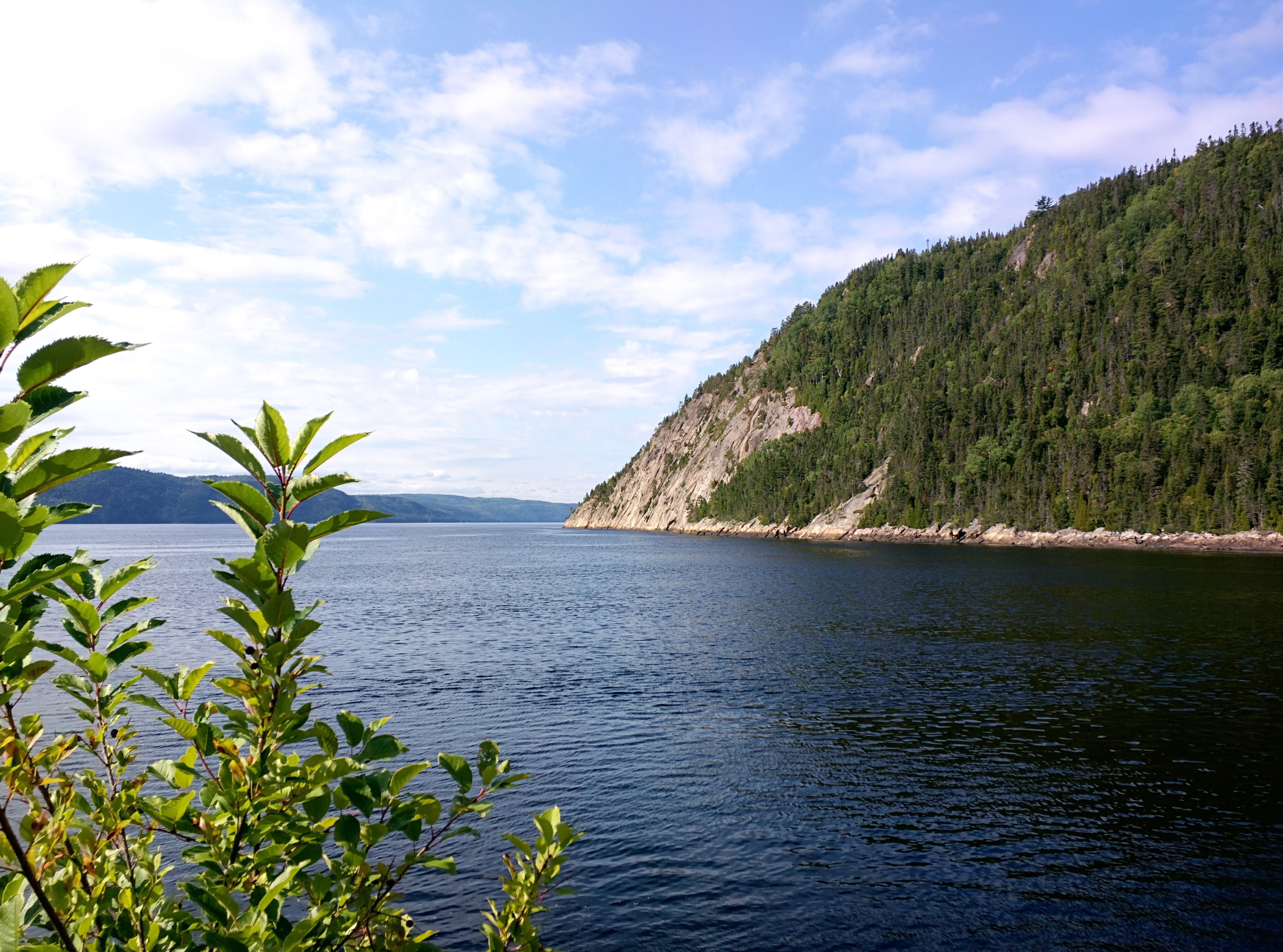
In a province filled with headline destinations, the Saguenay Fjord remains one of Québec’s most quietly powerful landscapes. It doesn't shout for your attention. Instead, it rewards curiosity, asking you to slow down, veer off the main road, and let the region reveal itself in its own time.
There are still so many places we didn’t get to — small coves, scenic trails, tucked-away villages — but that’s part of the fjord’s pull. It leaves you wanting more.

Canada. Crafted by Canadians.
